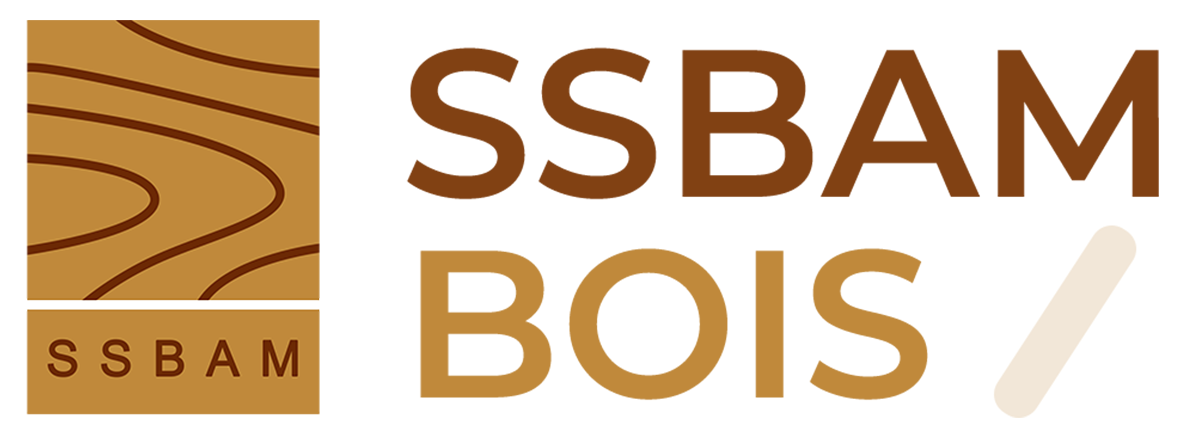The consumer generates a lot of data about their preferences, experiences and other activities that businesses can use to enhance their products and services to meet consumer demands. The right software to analyze and collect this data is a crucial aspect in achieving business goals to improve engagement, increase sales, and more efficient operations.
Start by deciding which data types you would like to integrate and how you plan to integrate them. Some tools are more targeted towards traditional enterprise reporting, while others are designed to assist you perform more advanced analytical analysis or track sensitive information such as healthcare data. You also need to consider what analytics tools you’re looking at will fit into your current workflow systems and data architecture.
Some tools offer an iterative experience for data scientists as well as advanced users, while others are designed to allow non-technical or novice users to perform point-and-click analysis. You should also be aware of the options for data visualization and features that each tool offers. Some are built to support the creation of visual charts whereas others depend on SQL or other tools from third parties to model your data prior to when you can examine it.
After you’ve narrowed your options, take note of the cost and whether the platform is cloud-based or built on software licenses and subscription fees. Some tools are free, while others require an upfront investment as well as ongoing maintenance costs. Make sure you weigh these costs against the potential return on investment from information and efficiency gained using the analytics tool.

 Cart is empty
Cart is empty